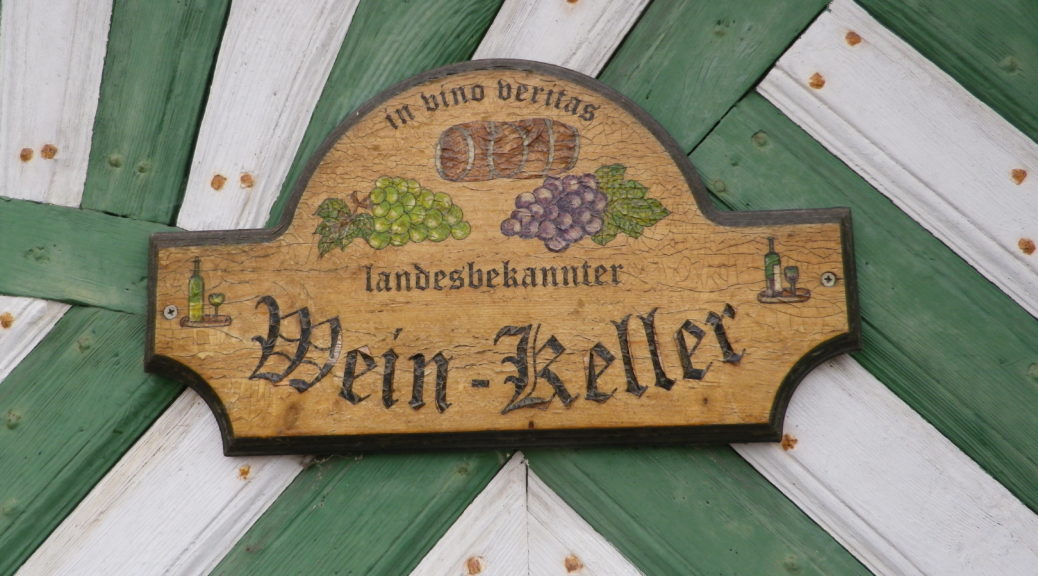What I Learned
The Traisental DAC (Districtus Austriae Controllatus) is in Lower Austria (Niederoesterreich), south of the Danube river and its Wachau and Kremstal wine regions. Vineyards are on either side of the Traisen river valley. It boasts three claims to fame: the smallest, the oldest, and the newest!
Based on interpretations of archeological finds in the area, archeologists claim that wine-making here has gone back at least 4,000 years, to the Bronze Age, thus making it the oldest wine region in Austria. It is certain that about 2,000 years ago, local Celtic tribes made wine along this river valley. (The word Traisen is Celtic word for swift, which the eponymous river certainly is.) But conversely, the Traisental DAC is also the newest wine region, as it wasn’t until 1995 that the Traisental DAC was founded, when it was divided from the former Kamptal-Donauland region.
This region is also the smallest in Austria, with only about 790 hectares/2000 acres under vine. However, it is the region with the highest percentage of Gruener Veltliner vines. About 65% of the total harvest is of this varietal. Riesling is only about 10% of the harvest. Other white varietals include Chardonnay, Weissburgunder (Pinot Blanc) and Rivaner. Zweigelt and Pinot Noir are the two most cultivated red varietals.
Overall, it may be said that this wine region has a significant presence of limestone in the soils, resulting in a noteworthy minerality in many of its wines.
What I Tasted
2015 Gruener Veltliner, Nussdorfer, Traisental DAC, Weingut Huber (a 10th generation vintner family!): A dry white wine with a light-dark/medium-light gold color; slight mineral and floral nose, floral and vanilla flavors, medium acidity with a bit of a spicy/tart finish.
2014 Gruener Veltliner, Traisental Qualitaetswein, Troll: A dry white wine with medium gold color; neutral nose, but nice apricot and mineral flavors; mild acidity and finishing prickle on the tongue.
2014 Riesling, Traisental DAC, Weinbau Schabasser: A dry white wine with medium gold color; a floral nose, with floral and sweet spice flavors; mild acidity, with a slight prickle on the finish.
